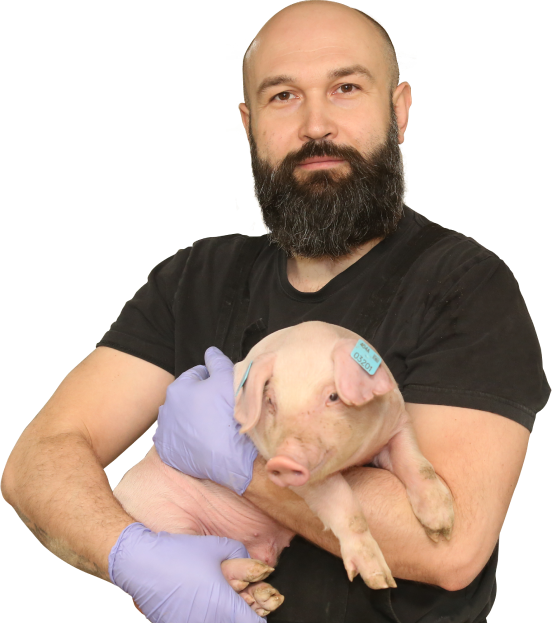Solution: the cross-breeding program to provide high performance at commercial farms
In 2003 PIC launched GNX program for cross-breeding of nucleus boars at commercial farms. The program involves collecting data at a commercial farm level, in order to increase accuracy of the selection decisions taken at a nucleus level.
We select animals that demonstrate good performance both at elite and at commercial farms. The breeding animals’ genetic potential is transferred to producers, to improve their results.
